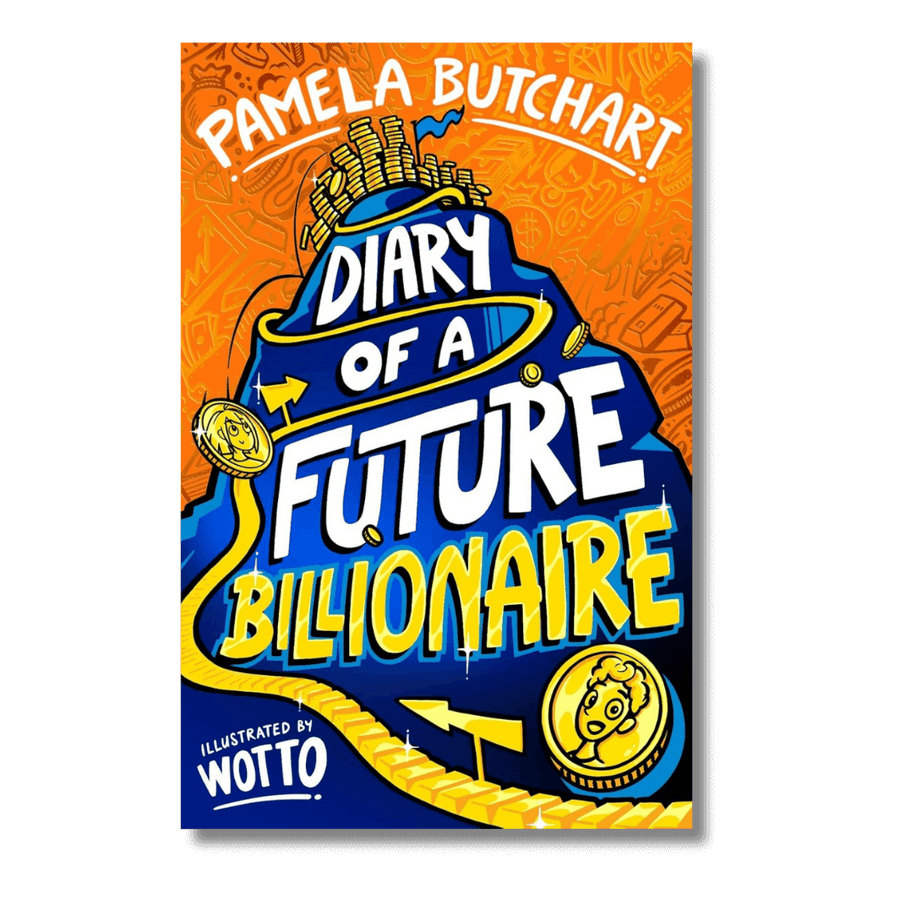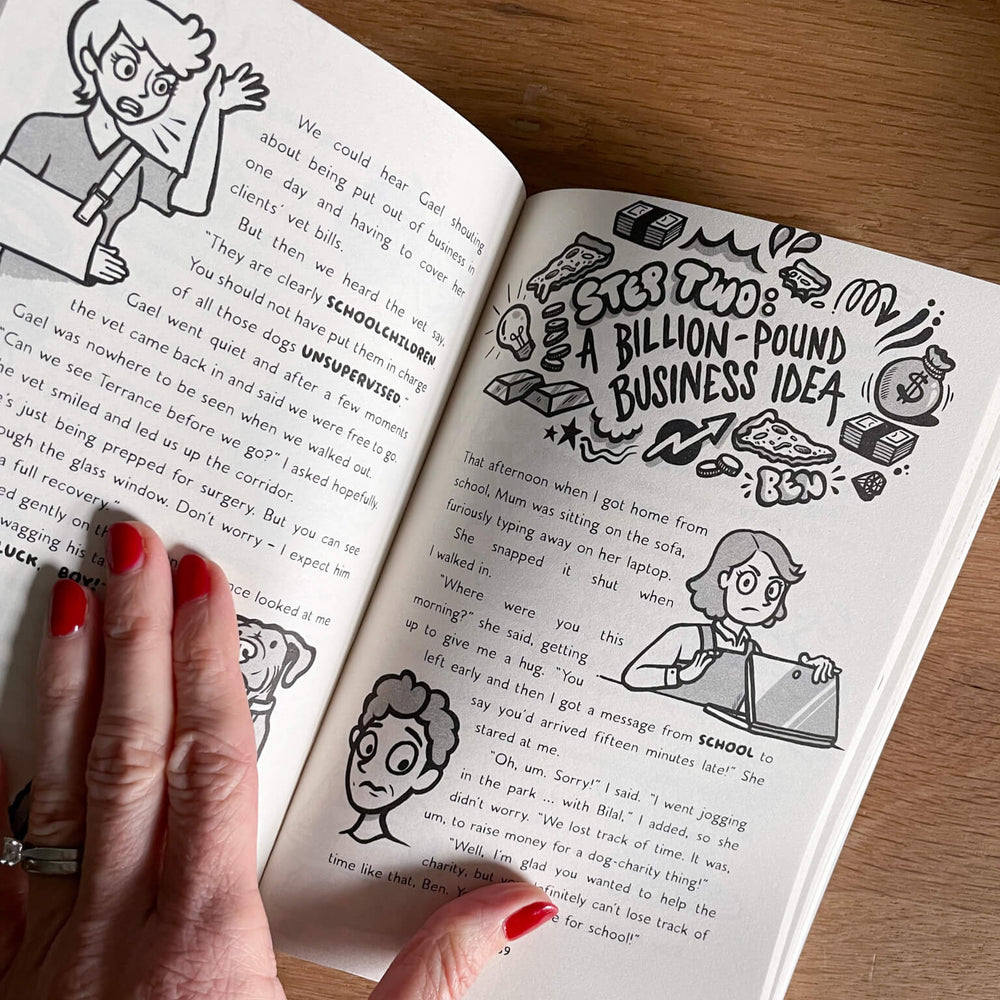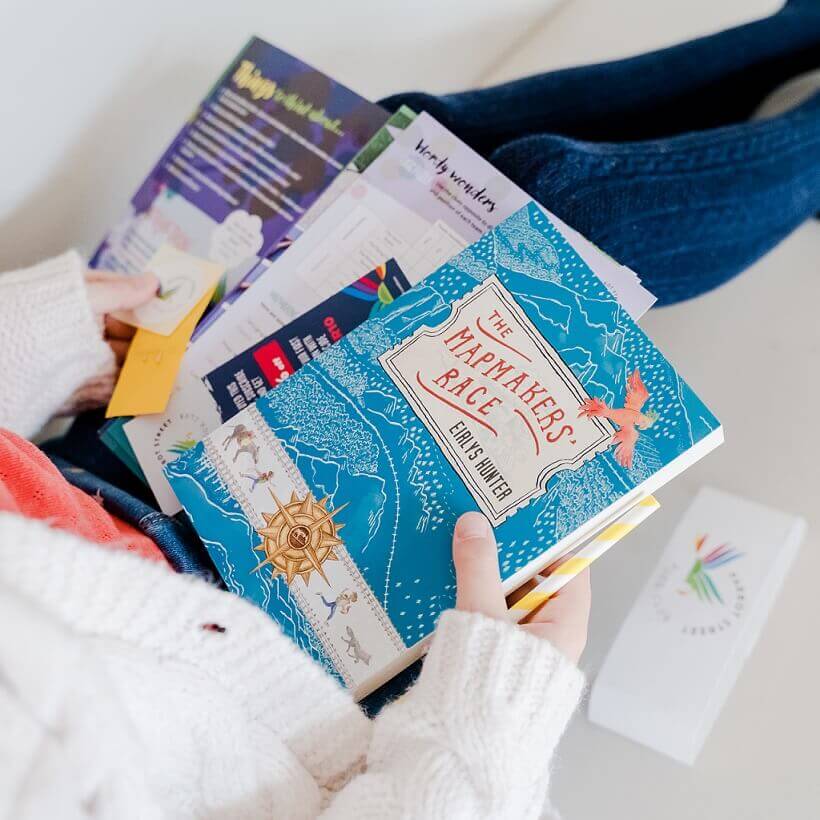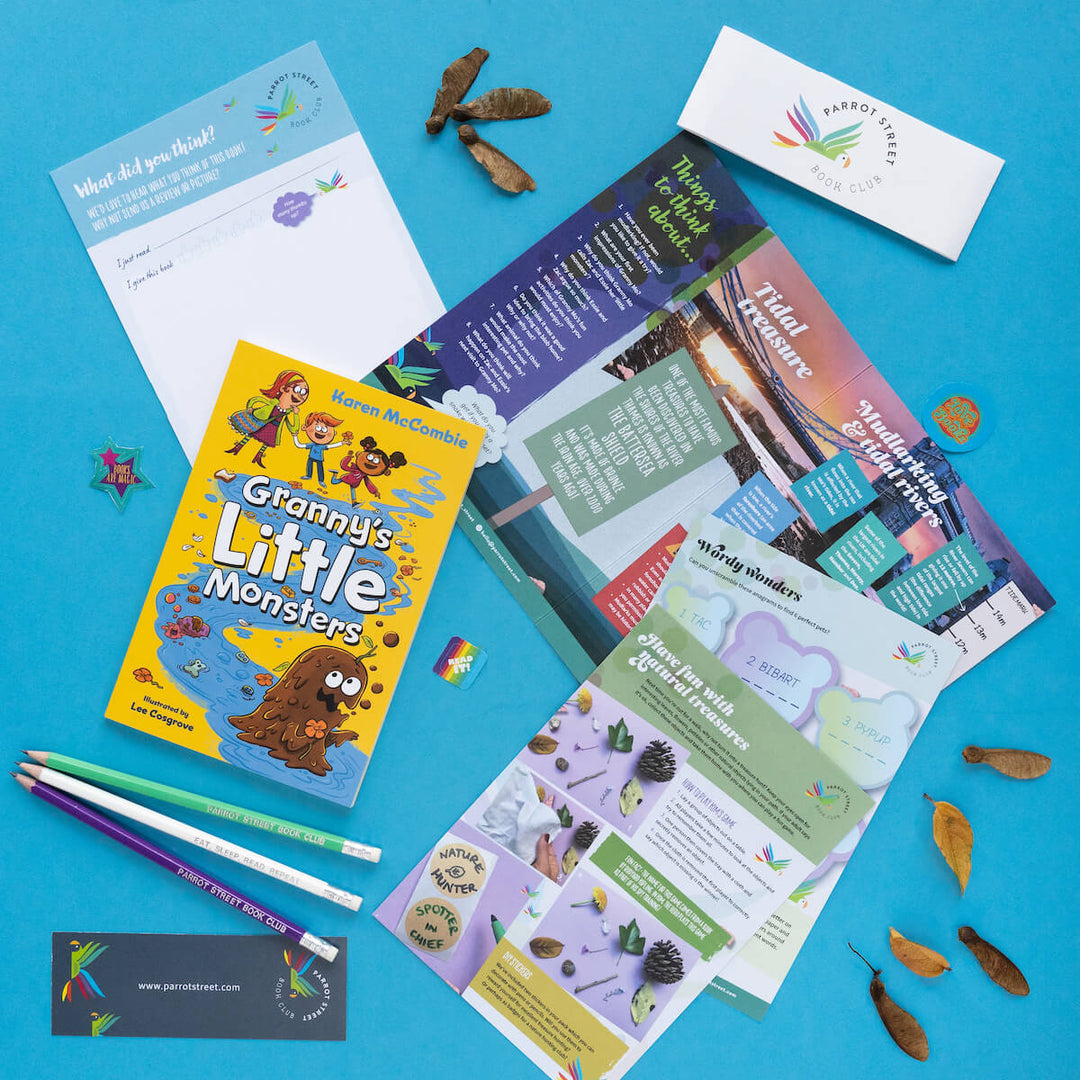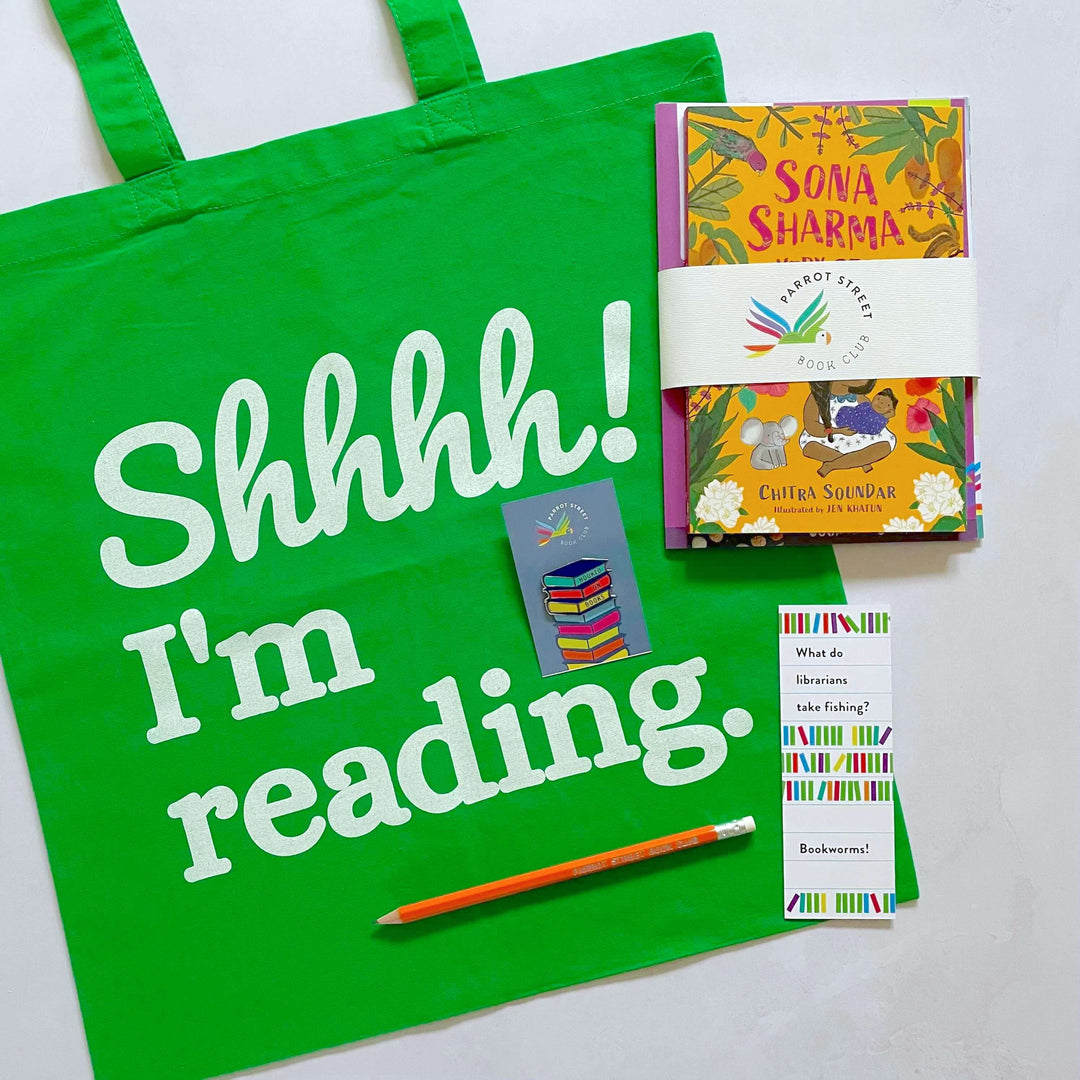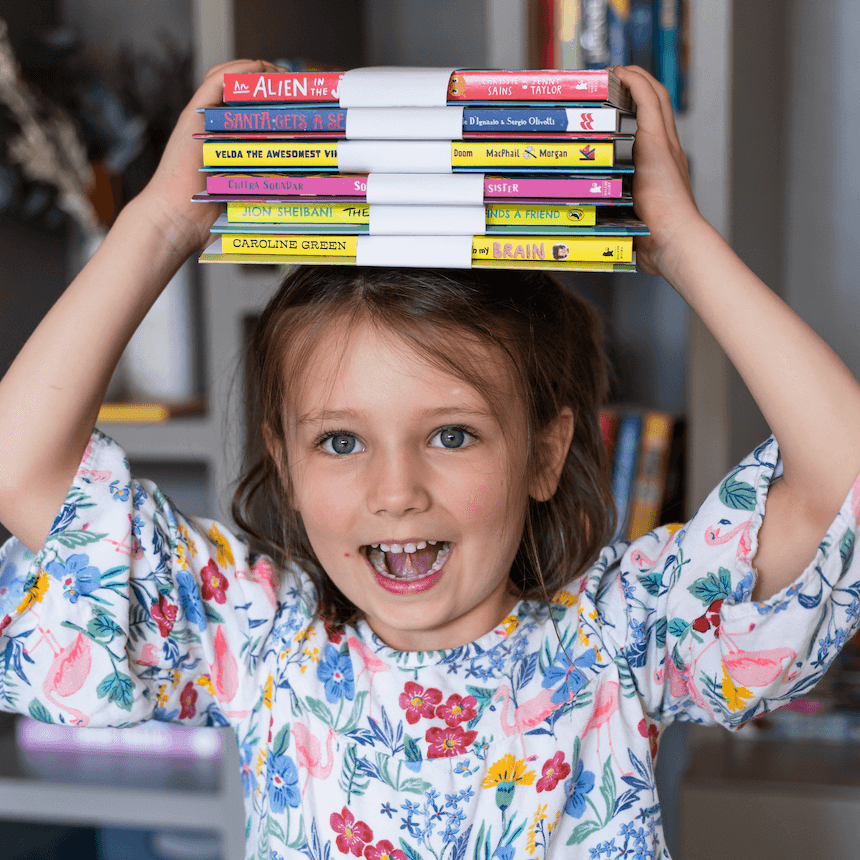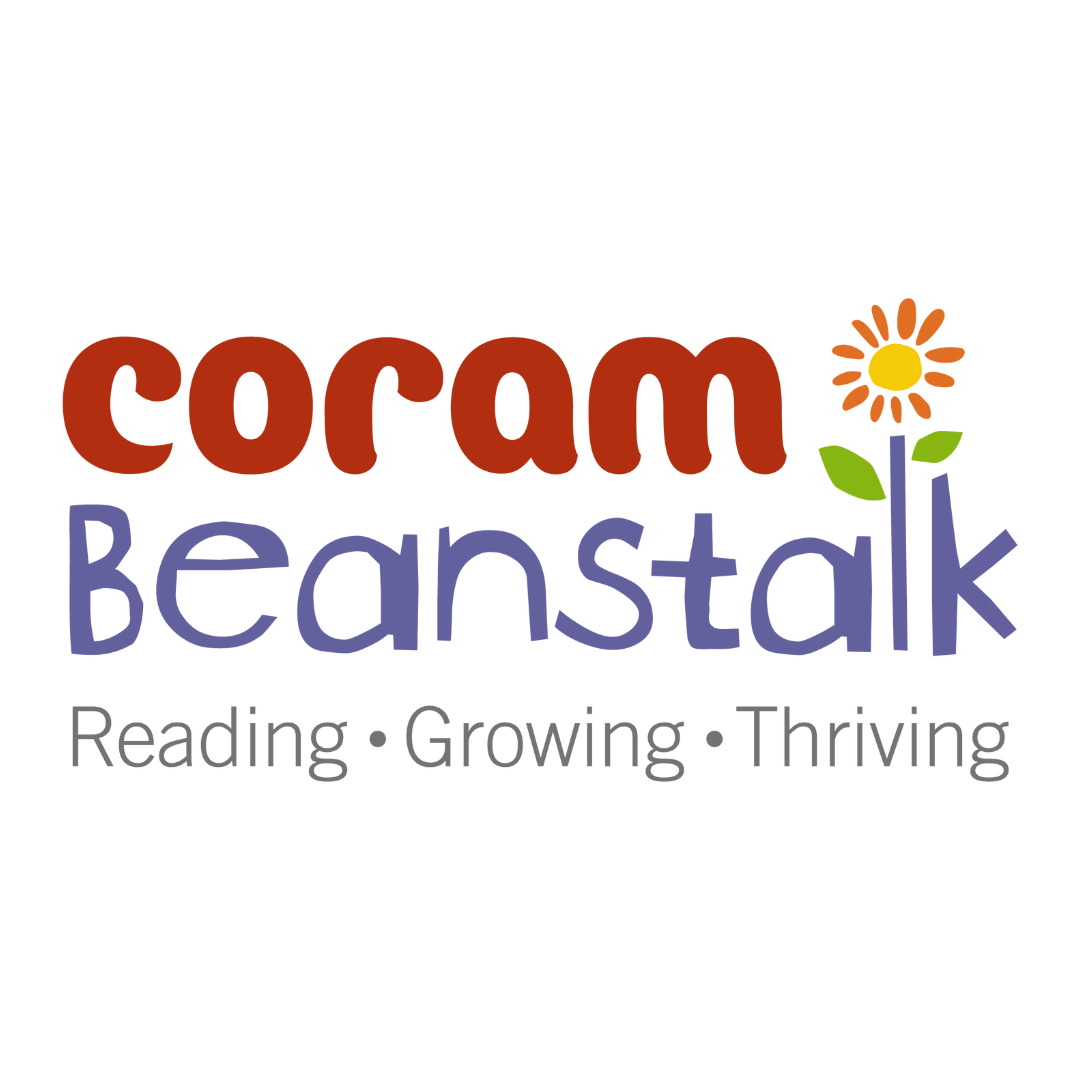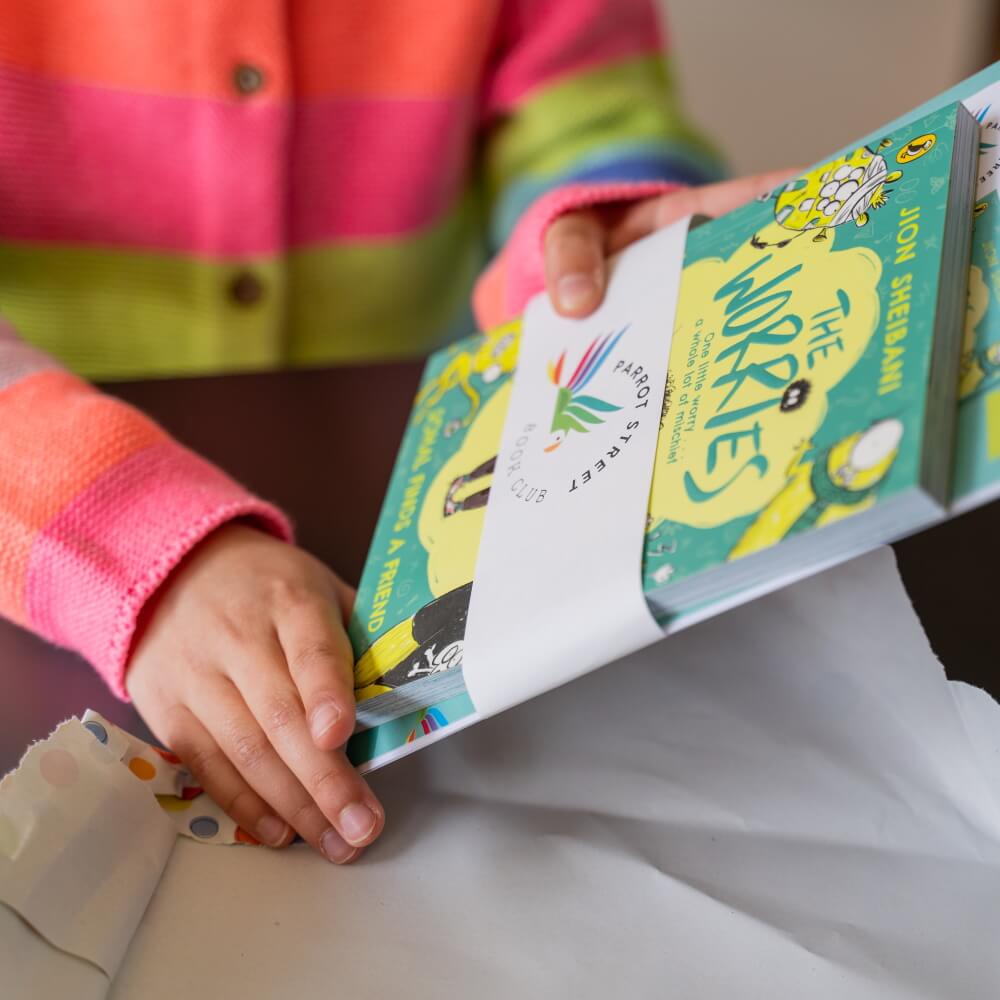Ayaan Mohamud on The Thread That Connects Us and contemporary family dramas for early teens

What inspired you to write The Thread That Connects Us?
It’s probably not very exciting to say, but I’m not entirely sure what inspired me! I started writing Thread nearly three years ago. I remember being struck by this idea – out of nowhere – to write a story about two teenage girls, stepsisters, connected by a father they both hated. These girls would want nothing to do with each other, but family secrets would invariably draw them closer together each time.
A little while after this seed planted in my mind, I remember reading Clap When You Land by Elizabeth Acevedo, a book which tells the story of two teenage girls who have a lot more in common than they realise. I absolutely loved the Dominican representation and the beautiful, tender way in which Acevedo writes such complex and fascinating family relationships. I was desperate to forge ahead with my seed of an idea and write my own complex family story, centring Somali Muslim teenagers, and offer this representation that we never get to see in Young Adult books.
Sometimes inspiration looks like a news article, or a historical event. Sometimes it might be sparked from your own personal experiences or by eavesdropping on a conversation. But other times, it might just be a random idea, not yet fleshed out, that is then spurred on by seeing other writers make it their own.
Are any of the characters or events based on real people and their experiences?
No, this story is entirely fictional, which was a new experience for me, having drawn so much from my own and other’s experiences for my debut, You Think You Know Me. But the experience of having a fractured relationship with your parents or coming to terms with family secrets is one that’s probably familiar to a lot of people, so I hope that Thread will resonate with those readers. And for those readers for whom the story doesn’t feel familiar, I hope they simply enjoy all the complex (and at times, unbelievable) family drama!
We were struck by the relationships between the women in the book – mothers and daughters vs best friends. Is that something you were conscious of while writing the book?
I absolutely love this question – so thank you for asking this!
It was definitely a conscious decision to have such contrasting relationships in Thread. I was keen to mirror thorny, heartbreaking mother-daughter relationships with both Safiya, Halima and each of their mothers, but to play this out differently between them.
For Safiya, she’s struggling to care for her depressed mother and is bitter about having to take on an adult load. On the other hand, Halima holds quite a bit of resentment towards her mother for marrying again, giving Halima a stepdad she never wanted. But even though the ‘mechanics’ of their mother-daughter relationships are so different, both Safiya and Halima are pretty much united in their hatred for the same man. This helps to draw out the parallels between the two girls, even though they couldn’t be more different, because they are united in a shared sentiment: family that they’re both disappointed in.
All of this helps to push the story forward because it explains why the pull between Safiya and Halima exists, and why they find themselves drawn to each other as well as the family secrets.
Thankfully, both Safiya and Halima do have a support system! The girls find their source of love and support from a cast of best friends – which, in Halima’s case, feels so important for her to hold onto, especially as she’s moved thousands of miles away to a foreign country.
Which character do you have most sympathy for and why?
This is a great question, and my answer might strike readers as unorthodox (maybe?), but I would have to say Safiya’s dad and Halima’s stepdad: Halane Aden. When I first set out to write Thread, he was a character I held zero sympathy for. In fact, I probably harboured a lot of hate for him, as the hurt that echoes throughout the story is brought about by his selfish actions. But as I wrote and edited the book, I got to thinking about how unfair it would be to paint a character like him as anything but complex, because there is nothing simple about a father who decides to upend the lives of two families. So I wanted to make sure there were layers to him. Something to balance out his villainess. By the end of it, I must admit, Halane Aden made me think twice about just how far my dislike for him ran.
What do you hope young readers will take away from the story and how it unfolds?
My hope is that readers will really appreciate that parents, guardians, or really any adult in their lives, are simply human. That they have secrets. That they are people who have made mistakes along the way. That they hold regrets, wishes, and desires. I hope readers finish Thread and understand that the adults in our lives are not infallible, but that they also don’t need to be for us to love them.
We often consider our parents/guardians to be superheroes as children and young people, but a big part of growing up is understanding how much more nuanced this really is.
The universal truth for all of us, young or old, is that life is messy but that we’re all trying to muddle our way through it as best we can.
Why did you choose to write books for this age group?
Teen and Young Adult books hold a special place in my heart and, right now, I don’t think writing for any other age group would be bring me as much joy and satisfaction. There is something about being a teen that makes you feel everything – the entire spectrum of human emotion. It is such a colourful and turbulent time in life where everything feels bright and loud and overwhelming and where you are starting to learn so much about who you are, the world, and your place in it. The stories that you read in those years do so much to shape your journey, and so I have always wanted to write stories that make teens sit up, think, and question everything.
Do you have a favourite place to write?
The perfect place for a writing day has to be my bedroom. My writing process often looks like me writing on my bed, my laptop balanced on a tray, with absolute silence. A cup of tea or iced coffee to hand also works wonders for my productivity.
Which other books for young people centred around contemporary family dramas would you recommend our subscribers read next?
Clap When You Land by Elizabeth Acevedo and What the World Doesn't See by Mel Darbon. Both are wonderful books that centre family and multifaceted relationships - something I would love to see a lot more of in Young Adult fiction.
Copies of our The Thread That Connects Us pack, including a copy of the book and loads of fun activities to go with it, are now available for individual purchase. Grab a copy while stocks last!
This post includes affiliate links to our bookshop.org page, meaning we receive a small percentage of the sale should you purchase through them. Additionally, a percentage from all sales on the platform goes directly to local UK bookshops which is an initiative we're delighted to support!
JOIN OUR EMAIL LIST
Children's book news straight to your inbox
We love sharing product updates, book recommendations, children's activity ideas and special offers via email.


